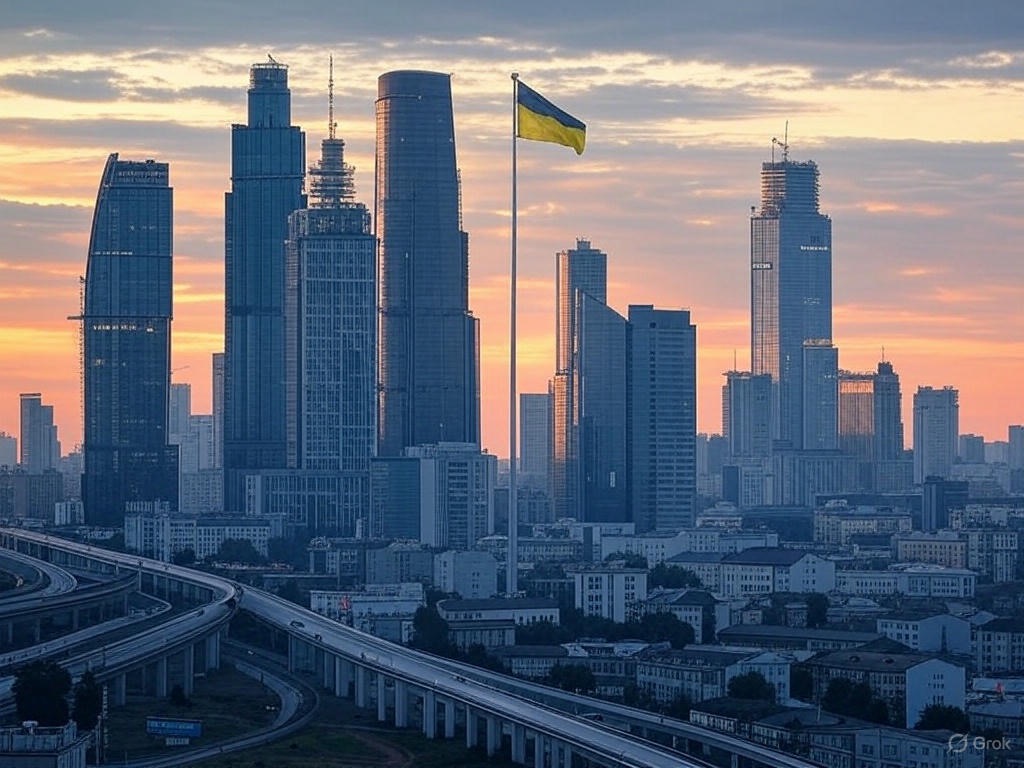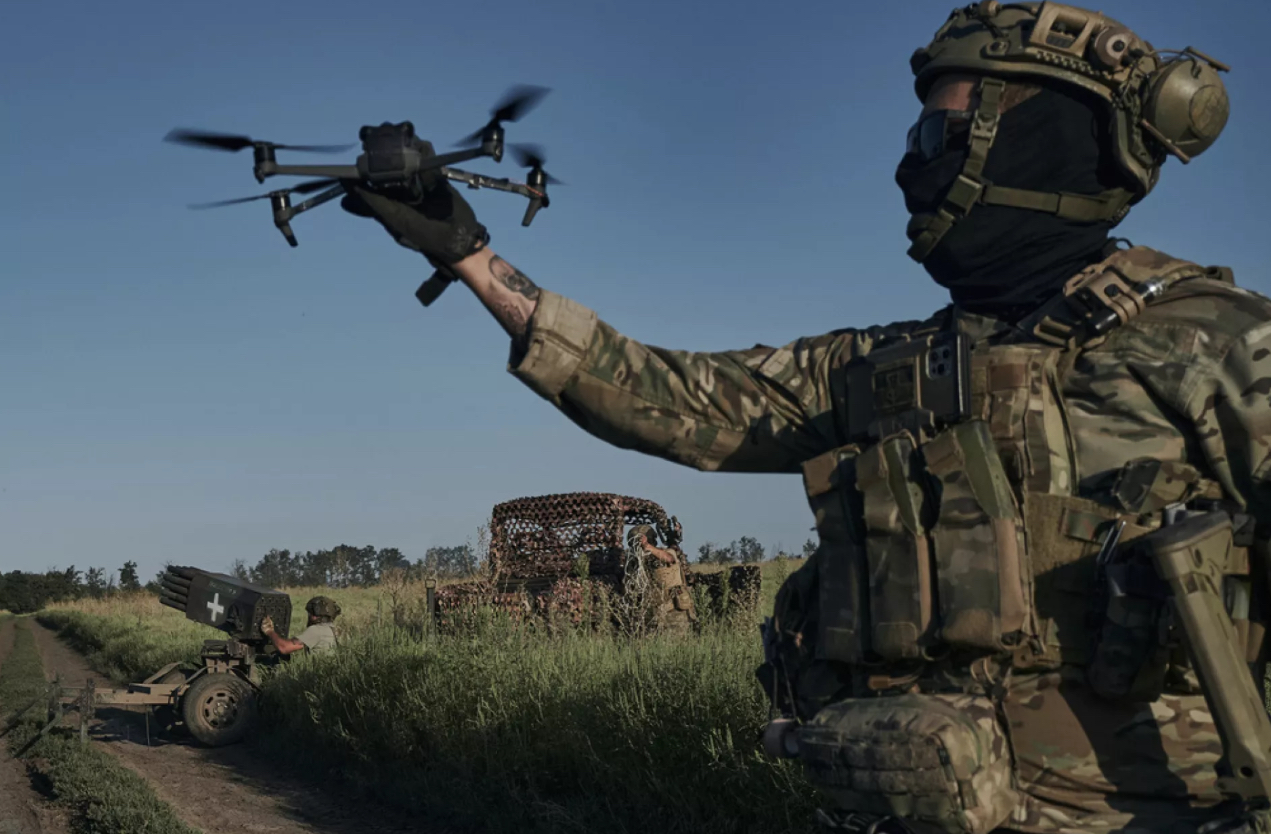A potential strategic withdrawal of the United States from its traditional leadership role in NATO would create a significant power vacuum in European security. This report analyzes the likely evolution of the European geopolitical landscape under such a scenario. The current twin pillars of European structure—the U.S.-led NATO for military security and the German-funded European Union for economic cohesion—are facing existential challenges. Germany’s impending demographic decline will undermine the EU’s financial model, necessitating a fundamental restructuring.
In this context, France is uniquely positioned to emerge as the continent’s primary political and military leader. Supported by its independent nuclear deterrent, power-projection capabilities, and positive demographic trends, France is poised to champion a new, security-focused European framework. Alongside France, two other key actors are identified as crucial to Europe’s future: Poland, a rapidly modernizing military power on the eastern flank, and a resilient Scandinavian bloc, led by Sweden, which possesses economic and military independence. These three entities are the key players to watch as Europe navigates a new geopolitical reality.
1. The Crisis of Europe’s Existing Structures
Europe is currently defined by two primary institutions:
- The North Atlantic Treaty Organization (NATO): A military alliance that has historically been underpinned by the security guarantees and strategic leadership of the United States.
- The European Union (EU): An economic and financial union of 27 member states.
The viability of this framework is being called into question. The EU’s economic model, which has relied heavily on Germany as its principal financial contributor, is becoming unsustainable. Over the next decade, Germany faces significant demographic headwinds as its population ages, which will severely constrain its economic output and its ability to fund the Union.
This impending fiscal crisis will likely force a renegotiation of the EU’s core purpose. With France expressing no willingness to assume Germany’s role as the economic paymaster, the Union’s shift away from a purely financial-economic model toward a political and military grouping appears increasingly probable.
2. The Ascendancy of France
Should the United States step back from NATO, France is the most probable candidate to assume a leadership mantle, albeit through a strategic pivot that plays to its inherent strengths. Instead of economic leadership, France is positioned to guide a more security-oriented European coalition.
Key French strategic assets include:
- An Independent Nuclear Arsenal: France possesses a credible, sovereign nuclear deterrent, a unique capability among EU member states.
- Power Projection Capabilities: As the operator of an aircraft carrier (the Charles de Gaulle), France maintains a capacity for global military engagement unmatched on the continent.
- Favorable Demographics: Unlike most of Europe, France has experienced consistent population growth, ensuring a more stable foundation for long-term economic and military strength.
Given these attributes, France is set to become the most indispensable nation in shaping Europe’s strategic future over the coming decades.
3. Emerging Powers: Poland and the Scandinavian Bloc
While France is positioned as the primary leader, two other actors will be critical in forming the new European security architecture.
3.1 Poland: The Eastern Bulwark
Poland is currently experiencing a period of demographic and economic robustness. While it may face long-term demographic challenges in approximately 30 years, its present trajectory is strong. Warsaw is aggressively expanding its manufacturing base and, with assistance from partners like South Korea, its defense industries. Proximity to the war in Ukraine has accelerated its innovation in military technology, particularly in drone warfare, placing it at the forefront of modern defense preparedness. This makes Poland an essential military anchor on Europe’s eastern flank.
3.2 The Scandinavian Bloc
The Scandinavian nations, with Sweden at their core, represent a third center of gravity. This bloc is characterized by:
- Stronger Demographics and Finances: Compared to much of the EU, these countries have more stable populations and sounder financial footing.
- Economic Independence: Their reduced dependence on the Eurozone (with some nations not being members) provides a buffer against the potential decline of the EU’s current economic structure.
- Independent Defense Postures: Nations like Sweden and Finland have long histories of maintaining robust, independent defense capabilities, making them resilient and capable security partners.
4. Conclusion
The potential disengagement of the United States from NATO will compel a fundamental reorganization of European political, economic, and security structures. The German-funded, economically-focused EU is unlikely to survive in its current form due to demographic decline.
The future of European leadership will likely be multipolar, revolving around three key actors:
- France: The continent’s primary political and military convenor, leveraging its nuclear status and expeditionary forces.
- Poland: A formidable military power securing the eastern front, with a modernizing defense-industrial base.
- Sweden and the Scandinavians: An economically resilient and militarily independent bloc in the north.
These three nations are the most important to monitor, as they are positioned to form the core of any post-EU economic grouping and will be the architects of Europe’s future defense strategy.
Disclaimer: Important Legal and Regulatory Information
This report is for informational purposes only and should not be construed as financial, investment, legal, tax, or professional advice. The views expressed are purely analytical in nature and do not constitute financial guidance, investment recommendations, or a solicitation to buy, sell, or hold any financial instrument, including but not limited to commodities, securities, derivatives, or cryptocurrencies. No part of this publication should be relied upon for financial or investment decisions, and readers should consult a qualified financial advisor or regulated professional before making any decisions. Bretalon LTD is not authorized or regulated by the UK Financial Conduct Authority (FCA) or any other regulatory body and does not conduct activities requiring authorization under the Financial Services and Markets Act 2000 (FSMA), the FCA Handbook, or any equivalent legislation. We do not provide financial intermediation, investment services or portfolio management services. Any references to market conditions, asset performance, or financial trends are purely informational and nothing in this report should be interpreted as an offer, inducement, invitation, or recommendation to engage in any investment activity or transaction. Bretalon LTD and its affiliates accept no liability for any direct, indirect, incidental, consequential, or punitive damages arising from the use of, reliance on, or inability to use this report. No fiduciary duty, client-advisor relationship, or obligation is formed by accessing this publication, and the information herein is subject to change at any time without notice. External links and references included are for informational purposes only, and Bretalon LTD is not responsible for the content, accuracy, or availability of third-party sources. This report is the intellectual property of Bretalon LTD, and unauthorized reproduction, distribution, modification, resale, or commercial use is strictly prohibited. Limited personal, non-commercial use is permitted, but any unauthorized modifications or attributions are expressly forbidden. By accessing this report, you acknowledge and agree to these terms-if you do not accept them, you should disregard this publication in its entirety.



